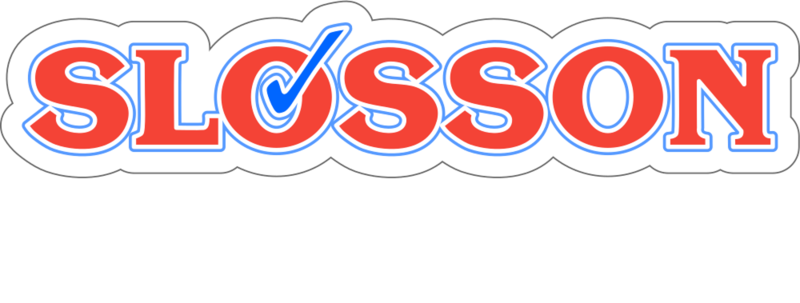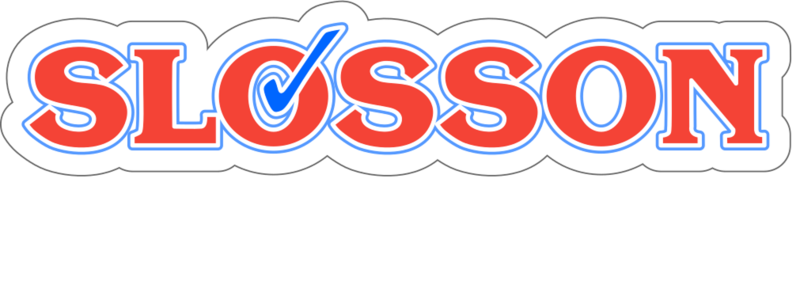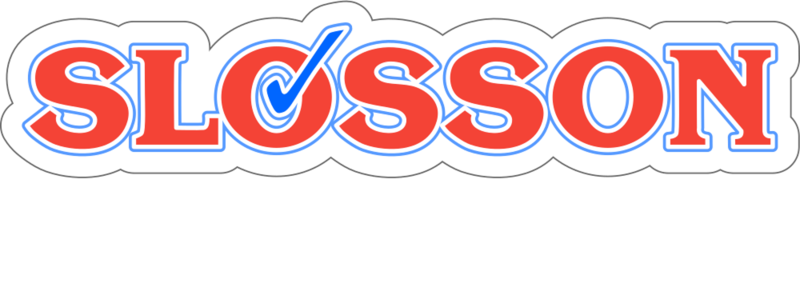The Goal-Oriented Assessment of Lifeskills (GOAL) is an innovative new evaluation of functional motor abilities needed for daily living. Designed for children 7 to 17, the GOAL consists of seven Activities, fun and motivating tasks based on real occupations of a child’s daily life. Each Activity is linked to Intervention Targets that help you turn assessment results into a specific, goal-oriented treatment plan. This standardized, psychometrically precise instrument offers an ecologically valid description of a child’s competencies and opportunities for growth in both fine and gross motor domains.
The GOAL can help determine eligibility for special services and inform planning of occupational and/or physical therapy and adaptive physical education. It’s useful in a variety of settings, including schools, clinics, hospitals, and private practice. Although intended primarily for occupational therapists, it can be used by other professionals, including psychologists, physical therapists, and other childhood intervention specialists.
Norms for the ABDS are based on a nationally representative sample of 1,061 children and adolescents who reside in the U.S. The internal consistency reliability coefficients of the domain and composite scores were all above .90 for all age and disability groups. A study of the diagnostic accuracy, a highly rigorous validity technique, is reported with regards to sensitivity (.85), specificity (.99), classification accuracy (.98), and receiver operating characteristic/area under the curve (.99).
Administration, Scoring, and Applying Results to Treatment:
In this individually administered assessment, the child performs seven Activities representing a range of functional tasks. Dr. A. Jean Ayres’ sensory integration theory describes many of the key concepts underlying the GOAL Activities. This theory proposes that processing of sensory inputs provides a foundation for development of cognitive and motor skills.
COMPLETE GOAL KIT INCLUDES: 1 Set of Test Materials; 25 Record Forms; Pad of 25 Paper Box Sheets; Stimulus Easel; and Manual
User Qualifications Required ... See Order Form Here
Goal-Oriented Assessment of Lifeskills (GOAL)
Ages: 7 - 17 years
Testing Time: 45 to 60 Minutes
Administration: Individual
Lucy Jane Miller, PhD, OTR, Thomas Oakland, PhD
Activities:
Fine Motor:
Utensils: Using a knife, fork, and spoon to cut, spear, and scoop
Locks: Opening keyed and combination padlocks
Paper Box: Coloring, cutting, folding, and taping a paper construction project
Notebook: Organizing and filling a three-ring binder
Gross Motor:
Clothes: Putting on and taking off a T-shirt and shorts
Ball Play: Bouncing and kicking a ball
Tray Carry: Carrying a loaded tray and avoiding obstacles
Activities Continued:
The innovative Record Form follows the natural workflow of an assessment: from recording the child’s performance, through calculating and interpreting scores, to developing a treatment plan. The center panel of the form, the Progress Chart, allows you to graph the child’s overall functional ability and identify specific targets for intervention. On the right panel of the form are the Intervention Targets, which allow the examiner to link the child’s performance to specific intervention objectives. There are four columns on this panel—Sensory, Postural, Praxis, and Motor Proficiency—showing the Intervention Targets associated with each Activity. Each row of the Record Form has a set of Intervention Targets associated with the underlying component skills needed for that specific Functional task.
The GOAL scores are based on 54 Steps—small units of easily observable, functional behavior within the seven Activities. These are scored based on three elements of successful functional performance: accuracy, independence, and speed. Using the Record Form, each Step is scored pass or fail; then the Step scores are summed to yield the Fine Motor and Gross Motor Standard Scores, as well as the Progress Score.
The Standard Scores enable you to compare the child you are testing to peers of the same age and gender, and can help to determine eligibility for therapeutic services and placement in special education programs. The Progress Score is a single index of the child’s overall ability to perform functional tasks, and can be used to track improvement over time.


